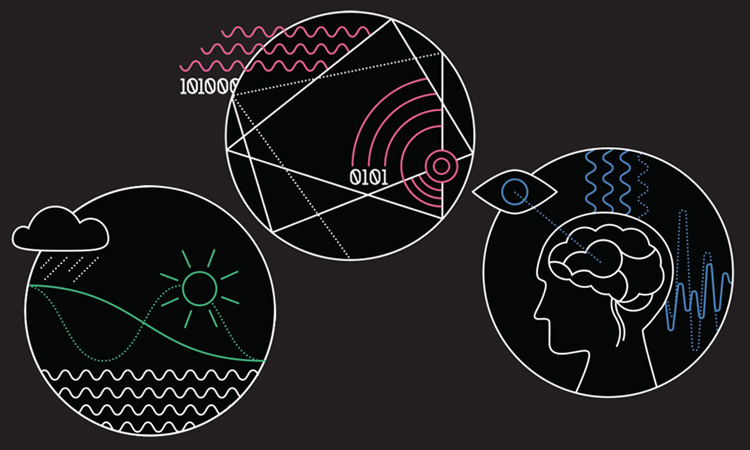Feature
Use Photonics. Find a Solution. Change the World.
The Optica Foundation Challenge enables early-career optics researchers to pursue high-impact ideas.

One day in mid-2022, Xingchen Ji was scrolling through his email inbox when, out of the tens of messages that he receives daily, one jumped out at him with an eye-catching subject line: “Use photonics. Find a solution. Change the world.” He immediately clicked on it and saw that the Optica Foundation was launching the Optica Foundation Challenge to commemorate its 20th anniversary.
…Log in or become a member to view the full text of this article.
This article may be available for purchase via the search at Optica Publishing Group.
Optica Members get the full text of Optics & Photonics News, plus a variety of other member benefits.
